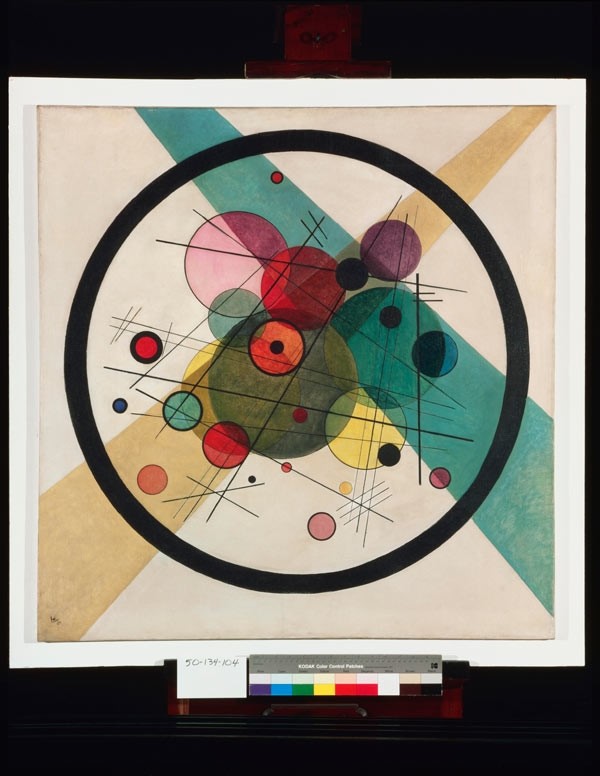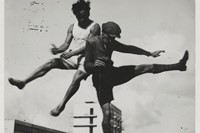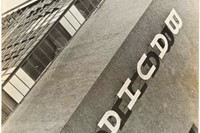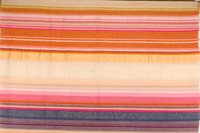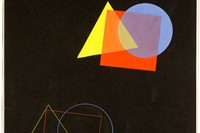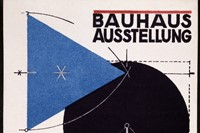In 1926 architect Walter Gropius wrote in Bauhaus Dessau - Principles of Bauhaus Production: "An object is defined by its nature. In order, then, to design it to function correctly – a container, a chair, or a house – one must first of all...
In 1926 architect Walter Gropius wrote in Bauhaus Dessau – Principles of Bauhaus Production: "An object is defined by its nature. In order, then, to design it to function correctly – a container, a chair, or a house – one must first of all study its nature: for it must serve its purpose perfectly, that is, it must fulfil its function usefully, be durable, economical, and 'beautiful.'"
One of the most influential art and design schools of the 20th century, the Bauhaus (meaning: house of construction) was opened in 1919 by Gropius in Weimar, Germany. Over the next fourteen years, masters and students of the school – including Paul Klee, László Moholy-Nagy, and Josef and Anni Albers – combined the expertise of traditional craftspeople with contemporary machine processes to create classic modernist pieces across disciplines. In so doing, an avant-garde movement was born that encouraged bold design, humour, and the participation of both men and women in the process of production. The school eventually moved to Dessau and then to Berlin, where it was shut in 1933 due to pressure from the Nazis, but not before amassing a collection of enduring and influential designs for furniture, lighting, architecture, painting, weaving, sculpture and photography.
"The architects have used planes of colour to focus your eye on different positions, and the use of graphic images both high and low. In this way we’ve aimed to create a space for people to discover (or rediscover) where the Bauhaus movement came from and who the main people were"
A new exhibition, Bauhaus: Art as Life at the Barbican gallery, is the first major showing of the school’s output to be held in the UK for over 40 years. Working closely with the three major Bauhaus archives in Germany – Bauhaus-Archiv Berlin/Museum für Gestaltung, Stiftung Bauhaus Dessau, and Klassik Stiftung Weimar – Art as Life features works from across the Bauhaus practices, including Marchel Breuer's famous Club chair, Klee's ethereal watercolours, and Marianne Brandt's geometric tea service.
Barbican curator Lydia Yee says of the exhibition, "we tried to pick iconic pieces as well as unknown ones, and to show masters such as Klee and Kandinsky alongside their students. We didn't want a hierarchy of famous versus student work. Importantly, we wanted to represent all the work in a dynamic relationship and to show how both masters and their students were transformed by their experience at the Bauhaus, and from contact with each other."
"It was a lot of fun but quite challenging to put a Bauhaus exhibition in a Brutalist space,” Yee continues. “The Barbican has more affinities with Le Corbusier than Bauhaus architects, and probably what you don't notice is as important as what you do. We worked with a terrific team of designers to ensure a lot of the gallery’s concrete elements recede into the background. The architects have used planes of colour to focus your eye on different positions, and the use of graphic images both high and low. In this way we’ve aimed to create a space for people to discover (or rediscover) where the Bauhaus movement came from and who the main people were.”
Bauhaus: Art as Life continues at the Barbican until August 12.
Text by Ananda Pellerin
